Cultural Context
The Yubashiri sword, wielded by Roronoa Zoro of the Straw Hat Pirates, is more than just a weapon in the world of One Piece—it is a symbol deeply rooted in the traditions of Japanese sword-making and the values of the Meiji era. As a Japanese sword, the Yubashiri reflects the meticulous craftsmanship and honor that defined the blades once revered by the Imperial Japanese Army. Its cross-shaped guard, sleek black lacquered sheath, and elegant design are a testament to the artistry and history behind every hand-forged katana.
The Japanese name “Yubashiri,” meaning “Snow Run,” perfectly captures the sword’s light weight and swift, graceful movement. This Ryo Wazamono-grade blade is recognized as a very powerful sword, celebrated for its sharpness, balance, and ability to execute swift, precise strikes. The sword’s specifications—its overall length, blade width, and expertly crafted steel edge—make it an ideal extension of Zoro’s strength and technique, allowing him to wield it with both hands or a single hand as his Three Sword Style demands.
Beyond its physical attributes, the Yubashiri sword carries a legacy of honor and promise. For Zoro, it is a reminder of his vow to his childhood friend Kuina and the code of the swordsman he upholds. The forging process, from the shaping of the blade to the detailed work on the tsuba and saya, reflects the centuries-old dedication to quality and strength that defines Japanese swords. Each element, from the weight and balance to the sharpness of the edge, is designed for both beauty and battle, rendering the Yubashiri sword capable of withstanding the fiercest challenges.
The destruction of the Yubashiri sword by Shu’s Sabi Sabi no Mi power is a poignant moment in Zoro’s journey, marking the end of an era and the beginning of a new chapter. Yet, even after Zoro replaced the Yubashiri with another powerful sword, its legacy endures as a symbol of resilience, honor, and the enduring spirit of the Straw Hat Pirates. The Yubashiri sword’s cultural context, from its Meiji-era inspiration to its role in One Piece, continues to inspire fans and stands as a tribute to the timeless art of Japanese sword forging.
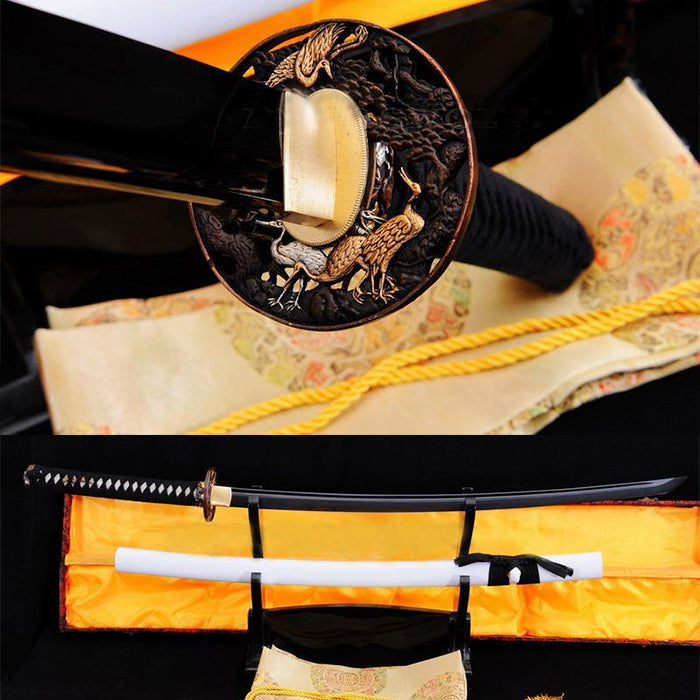
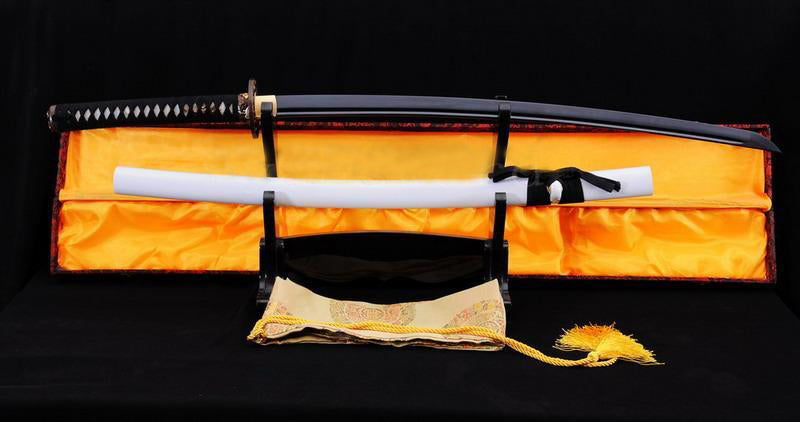 Authentic Black Steel Japanese Samurai Katana Swords
Authentic Black Steel Japanese Samurai Katana Swords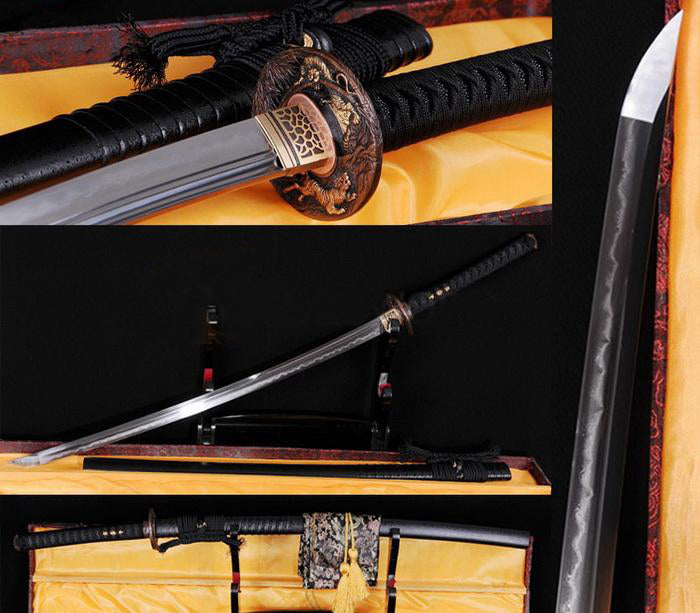
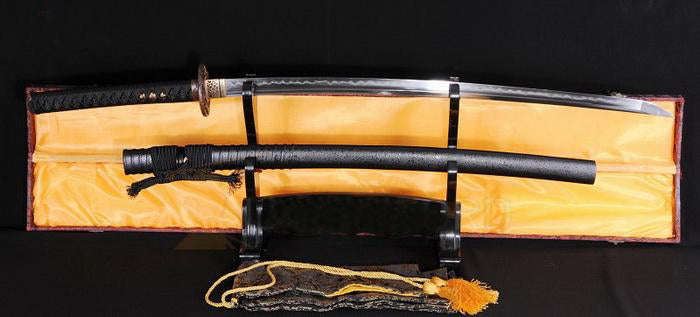 40.6"clay Tempered Folded Steel Japanese Unokubi-zukuri Sword
40.6"clay Tempered Folded Steel Japanese Unokubi-zukuri Sword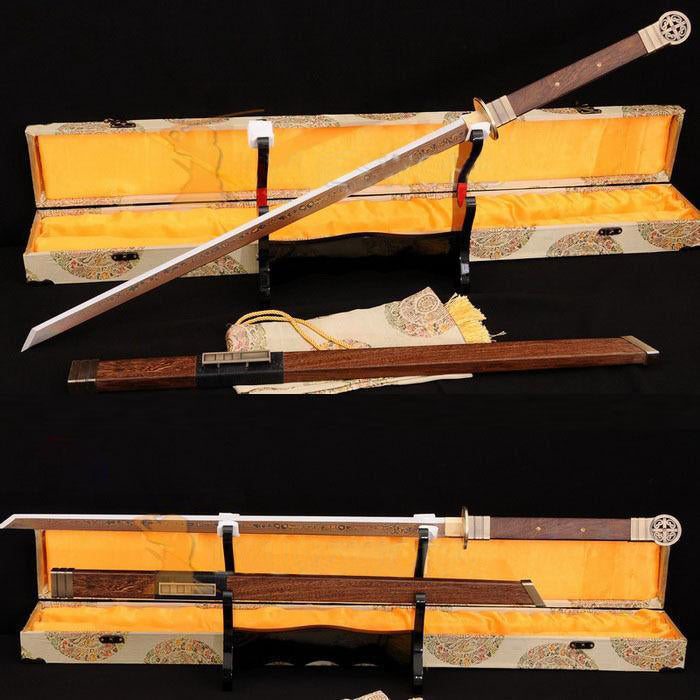
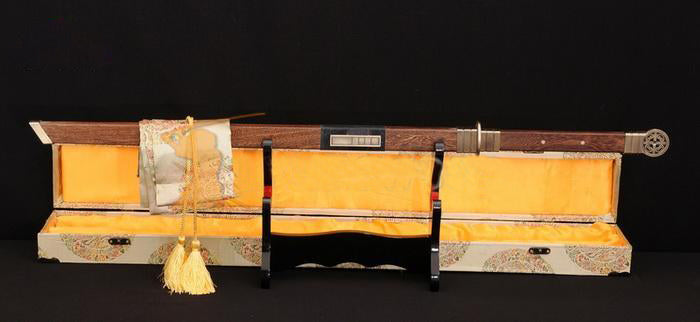 Full Tang Blade Chinese Sword Dao Folded Steel Sharp
Full Tang Blade Chinese Sword Dao Folded Steel Sharp
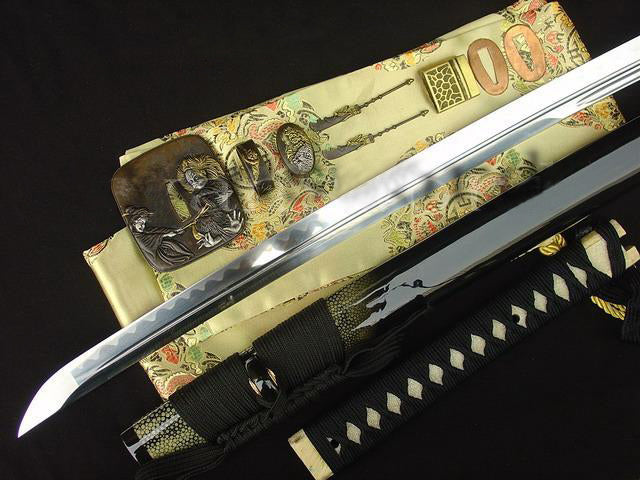 Full Tang Blade Japanese Sword Samurai Katana Shark Skin Saya
Full Tang Blade Japanese Sword Samurai Katana Shark Skin Saya








